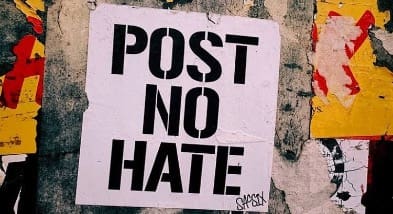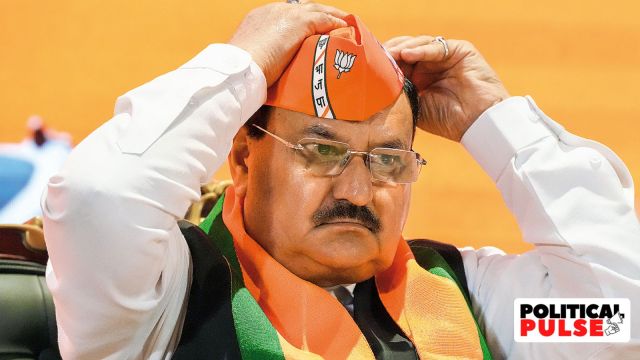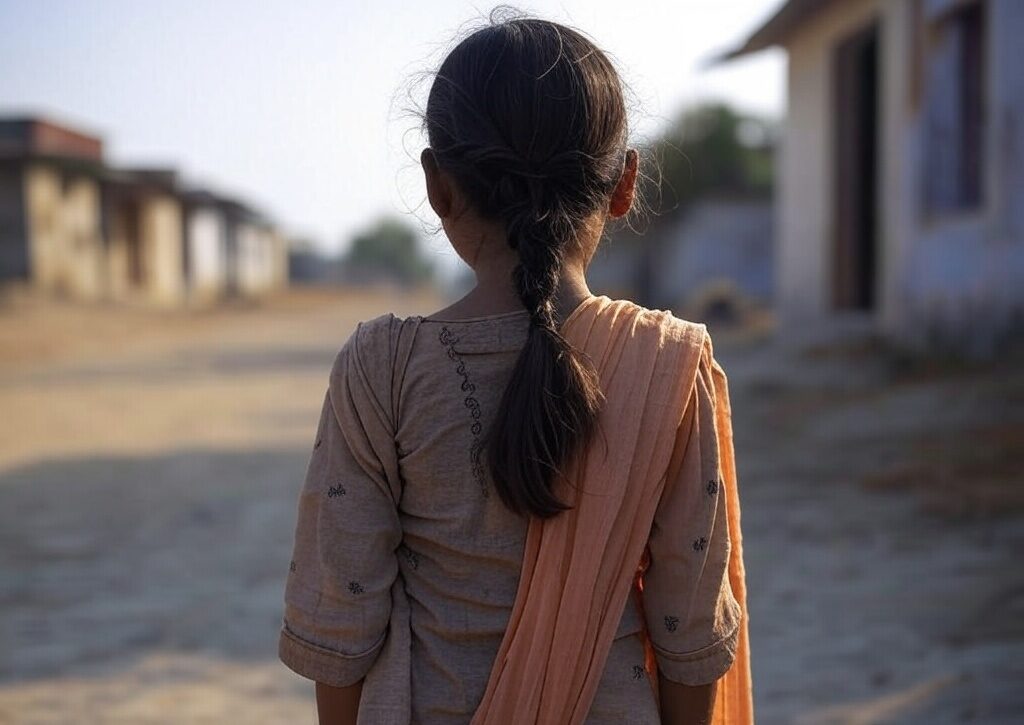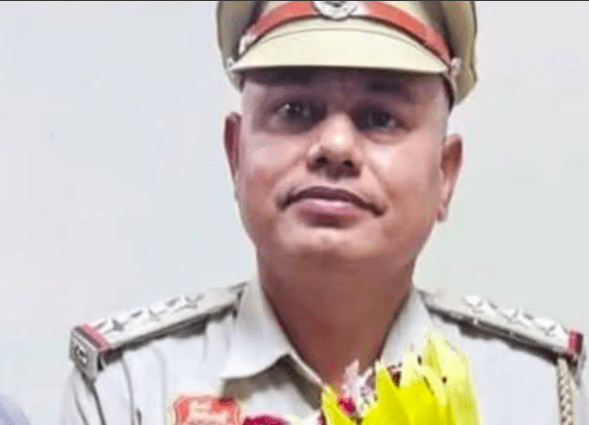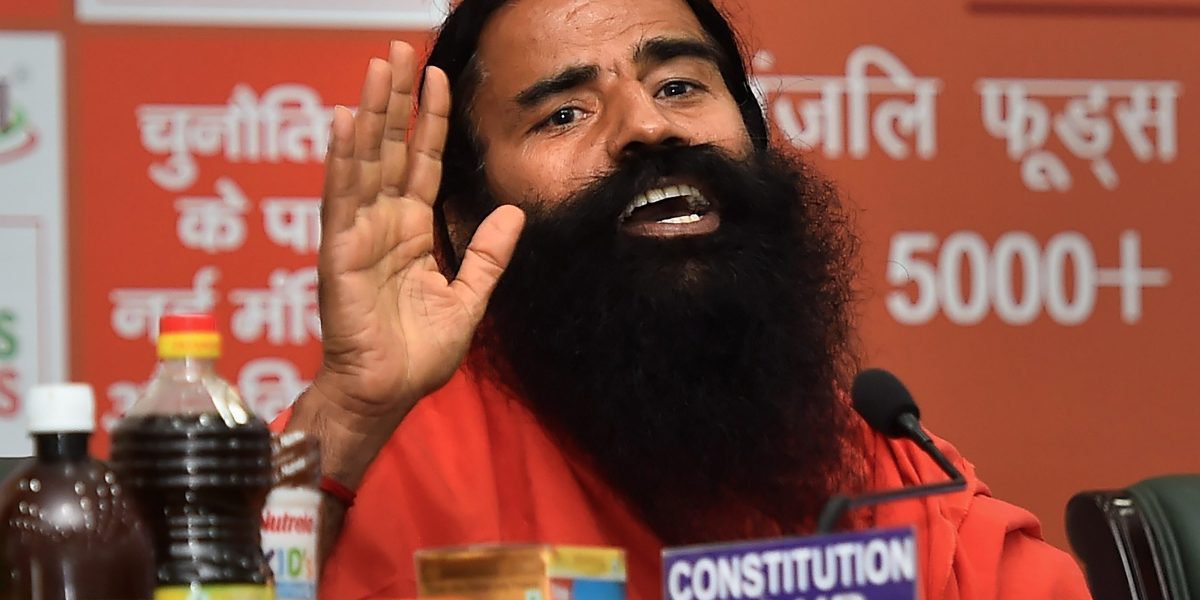
The concerted campaign by Hindu right-wing activists against Friday Namaz in public places in Gurugram, its tacit endorsement by state and district officials and institutions, and the recent so-very-coincident provocative speech by Union Home Minister Amit Shah in Uttarakhand, are aimed at ‘invisibilisation’ of Muslims. The intention is to force their retreat from shared civic spaces over which every Indian citizen has equal right.
Although separated by two generations and following divergent political paths into the sangh parivar, Shah and Kapil Mishra, the most noticeable personality associated with the majoritarian push in Gurugram, are two sides of the same political currency with which electoral transactions are consistently sought to be made by the Bharatiya Janata Party (BJP).
While the first is the representative of the home-trained karyakarta-turned-politico, the later epitomises the new breed of ambitious politicians, welcomed into the saffron fold despite past adversarial stance on endorsing Hindutva politics for tactical reason. Shah, akin to others within the organisation, continues practising the politics he has pursued for decades. But Mishra acts in a way to prove the old adage that a neo-convert is always more enthusiastic compared to the old faithful.
The primary objective of the now-on-now-off campaign against Friday Namaz is to prevent social assembly of Muslims and making their presence felt in open spaces. The hope is that this social erasure of Muslim reality will generate enthusiasm among vast sections of Hindus enabling consolidation of the BJP’s core electoral constituency besides drawing new groups driven by latent Islamophobia.
The series of incidents in Gurugram are not the first time that peaceful assembly of Muslims in public places to perform Namaz has come under attack and shown as an Islamist conspiracy, either in this NCR suburb, or elsewhere in the country.
These offensive actions, directed both against Islamic faith and its adherents, form an important part of a recurring campaign over several decades to target Muslims and secure Hindu support. The belief of people who have spearheaded such campaigns over time is that this would gratify sections of Hindus by ‘showing’ Muslims their ‘place’ in society.
While previously there were not many backers for this offensive, in contemporary India, the number of Hindus who quietly endorse this restrictive drive has been on the rise as is evident from the success of the BJP’s efforts to communally polarise society on election eve.
Paradoxical as this may sound, the success and support for the no-Namaz-in-public-places campaign is at variance with the most recent empirical data on religious tolerance of Hindus in India.
The CSDS-NES survey 2019 as well as the recent Pew study on religion in India demonstrated that an overwhelming majority of Hindus continue to respect Islam and view it as an Indian religion. A major section of Hindus also emphatically share the view that to be a ‘good Hindu’, one must respect other religions of India, including Islam.
On the surface, this anomaly can be explained by seeing it as part of the wider divergence between theory and practise among people. However, it also has to do with the perception among many groups of Hindus, and fanned by the Hindutva votaries, that the space used for the weekly Namaz is often utilised as political platform and that religious leaders deliver sermons not restricted to religious and social issues.
It is true that increasing communalisation of Indian polity and the entry of religious leaders, the maulvi/maulana and the pandit/sant in politics have led to them increasingly making political assertions from religious platforms. While such podiums are not available on a routine and regular basis in Hinduism, in Islam, the Friday Namaz was used by the Islamic clergy. The Shahi Imam of Delhi’s Jama Masjid (he started making speeches against Indira Gandhi and the sterilisation campaign during Emergency) was among the first whose actions were noticed and became a major conversation point.
In subsequent years as the Shah Bano/Babri Masjid issues became central to Muslim concerns, congregations for the Friday Namaz in many places provided occasion to raise political issues and mobilise support within the community. Although this did not become a universal practise, the sangh parivar campaign built a case against the weekly assembly in the public mind. Every Muslims assembly started being seeing and depicted as conspiratorial and against national interests.
While there may be a historical basis against the weekly prayers in traditional mosques that have and entrenched Islamic clergy with political ambitions, the same cannot be said about the recent campaigns in Gurugram or in Noida some years ago. It is likewise for the Friday Namaz that may have hindered Shah’s cavalcade some years ago while he was travelling on a highway.
The Indian Constitution makes it obligatory for citizens to respect the faith of others and not permitting those from another religion to follow their rituals is against the tenets of law. Unlike Hinduism, that does not ordain weekly assembly, the afternoon Namaz every Friday is mentioned in the Quran as one that must be performed in a congregational form. There is also a greater emphasis on religious brotherhood in Islam when compared to Hinduism expect for specific orders, institutions and mutts.
Most of the conflict being stirred against Friday afternoon Namaz is in new expanding urban spaces where mosques are almost non-existent. A cursory examination of cities like Gurugram and Noida will illustrate that although Muslims population, like that of Hindus or other religious communities, has expanded manifold, there has not been corresponding construction of mosques that can provide space for the faithful to offer their prayers.
It is undeniable that it is much easier to construct a new temple or gurudwara, than a minority religious institution – mosque or church. In most new urban settlements where social ghettoisation has not yet set in, if new mosques have been constructed, they are chiefly in colonies considered as Muslim ilaqas and not those that have mixed settlement.
Instead of addressing the problem of these new Muslim migrants, chiefly from the working class, of not having access to a secure public space to perform mandated congregational prayers that is actually a constitutional right, civic authorities have looked at Namaz as a law and order problem and have cancelled permission while allowing counter rituals by the aggressive Hindu organisations and their representatives.
Spillage of people on roads and localities can be prevented by constructing or permitting sufficient number of mosques. That will ensure that Shah’s cavalcade is not halted.
The call to prevent the weekly Namaz in public places has often been preceded or accompanied, as in Gurugram, by forced closure of meat shops in mixed settlements or regular markets on a designated day every week considered auspicious by Hindus and during special religious periods like the bi-annual Navaratri.
Mishra’s decision to spearhead the offering of Goverdhan Puja at a public place does not have a religious precedent but mirrors the Maha Aartis, organised by Shiv Sena in its previous vituperative avatar in 1992-1993 after the demolition of the Babri Masjid and these triggered communal clashes in big way. The decision to organise the Hindu assembly stems from seeing the Friday Namaz as a political act and an extension of protests and urge to create a mirroring ‘event’.
The orchestration of Shah, Mishra and the entire saffron fold depicts every public assembly of Muslims as treasonous and in today’s scenario having the potential to evolve into another anti-CAA type anti-national agitation. The idea is thus to ‘nip’ problems in the ‘bud’.
The belief behind this campaign is that this would leave Muslims with two choices. One to either accept their lot as it is and the other is to shift to a ghetto or Muslim-majority locality. That this movement has not just support but direct participation of a person as important as the union home minister, is indicative of the direction in which India is heading. But then, are not elections due in Uttarakhand and other states?
This story first appeared on thefederal.com


